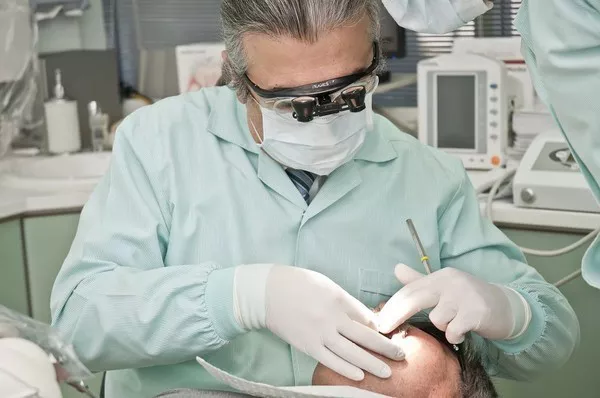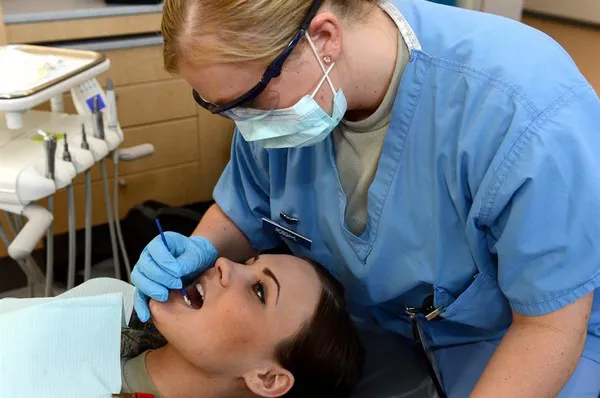In the quest for a brighter, whiter smile, individuals often explore various teeth whitening options available in the market. One intriguing method that has gained attention is the use of UV teeth whiteners. Promoted as an advanced solution, these products claim to enhance the whitening process. In this article, we delve into the effectiveness of UV teeth whiteners, exploring the science behind them and offering insights into their potential benefits.
1. Understanding the Science Behind UV Teeth Whiteners
To comprehend the efficacy of UV teeth whiteners, it’s essential to grasp the science underpinning their function. These products typically consist of a whitening gel containing hydrogen peroxide, a common teeth whitening agent. The UV light, often in the form of an LED, is believed to accelerate the whitening process by activating the hydrogen peroxide, thereby intensifying its effects on dental stains.
Exploring the Role of Hydrogen Peroxide: Hydrogen peroxide, a bleaching agent, has been a staple in teeth whitening for years. It works by breaking down stains into smaller, less visible particles, leading to a brighter appearance. UV light is purportedly employed to expedite this chemical reaction.
The Impact of UV Light Activation: UV light is thought to enhance the performance of hydrogen peroxide by expediting the breakdown of stains on the enamel. This combination is intended to deliver faster and more noticeable results compared to traditional teeth whitening methods.
2. Debunking Common Misconceptions Surrounding UV Teeth Whiteners
Despite the promising claims, there are several misconceptions associated with UV teeth whiteners that merit clarification. Understanding these can help individuals make informed decisions about incorporating these products into their oral care routine.
UV Light as a Standalone Whitening Agent: Contrary to some beliefs, UV light alone is not a sufficient teeth whitening agent. It is the synergy between the UV light and the whitening gel’s active ingredients, such as hydrogen peroxide, that is intended to produce the desired whitening effects.
Instantaneous Results: While UV teeth whiteners are marketed as providing rapid results, individual responses may vary. Factors such as the severity of stains, oral hygiene practices, and the specific product used can influence the timeline for achieving noticeable improvements.
3. Potential Benefits of UV Teeth Whiteners
Despite the skepticism surrounding UV teeth whiteners, there are perceived advantages that users may find compelling. Exploring these benefits sheds light on why individuals are drawn to this innovative approach.
Enhanced Whitening Speed: Advocates of UV teeth whiteners argue that the combination of UV light and whitening gel leads to faster and more efficient stain removal, making it an appealing option for those seeking quick results.
Reduced Sensitivity: Some users report experiencing less tooth sensitivity compared to traditional teeth whitening methods. The theory is that the accelerated whitening process minimizes the time during which teeth are exposed to potentially irritating agents.
4. Tips for Optimizing UV Teeth Whitening Results
For individuals considering or currently using UV teeth whiteners, optimizing the outcomes involves adhering to certain practices. These recommendations can contribute to a more successful teeth whitening experience.
Consistent Application: Regular and consistent use of UV teeth whiteners as directed by the product instructions is crucial for achieving optimal results. Skipping applications or inconsistent usage may hinder the whitening process.
Complementary Oral Hygiene Practices: Combining UV teeth whitening with good oral hygiene practices, such as regular brushing and flossing, can help maintain results and contribute to overall oral health.
In conclusion, the effectiveness of UV teeth whiteners remains a topic of discussion within the dental community. While there is a theoretical basis for their efficacy, individual results may vary. As with any teeth whitening method, it is advisable for individuals to consult with dental professionals to determine the most suitable approach for their specific needs. Ultimately, a brighter smile is attainable, but the path to achieving it may differ for each individual.
Related Links:
Do whitening strips work after one use?
What not to Do after using whitening strips?
How much to bleach teeth at dentist?































